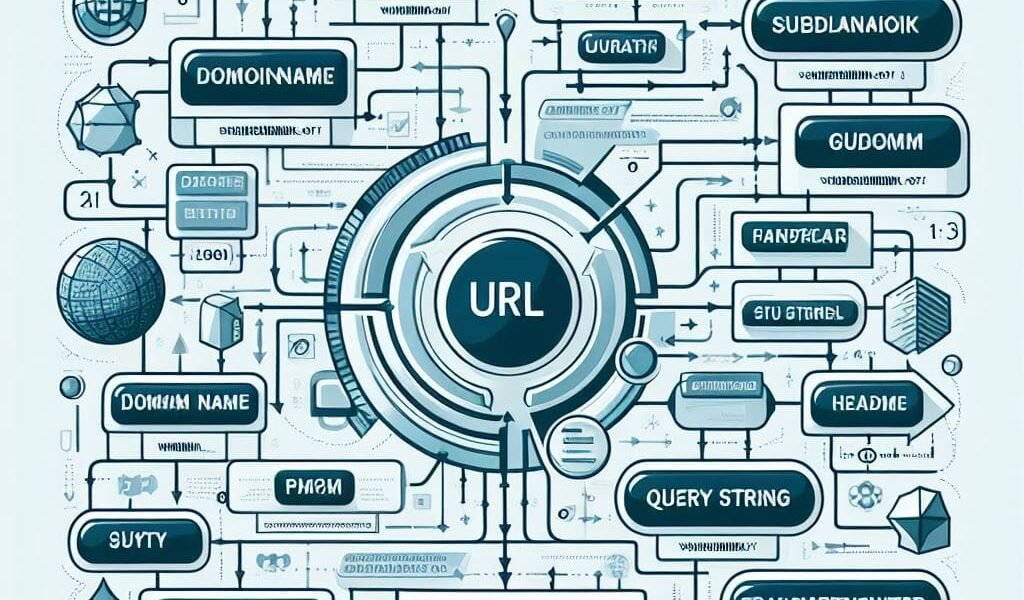When it comes to on-page SEO, one of the key elements that often gets overlooked is the URL structure. While many people focus on optimizing their content and meta tags, the URL structure plays an important role in improving your website’s visibility and search engine rankings.
What is URL Structure?
URL stands for Uniform Resource Locator, and it is the address that identifies a particular web page on the internet. The URL structure refers to how the different parts of the URL are organized and displayed.
A well-structured URL not only helps search engines understand the content of your page but also provides a user-friendly experience to your visitors. It should be concise, descriptive, and easy to read.
The Importance of URL Structure in On-Page SEO
Here are some reasons why URL structure is important for on-page SEO:
1. Keyword Optimization
The URL is an opportunity to include relevant keywords that describe the content of your page. By incorporating keywords into your URL, you can improve your chances of ranking higher in search engine results pages (SERPs) for those specific keywords.
For example, if you have a blog post about “10 Tips for Healthy Eating,” a good URL structure would be: www.yourwebsite.com/10-tips-healthy-eating. This URL clearly indicates the topic of the page and includes the relevant keywords.
2. User Experience
A well-structured URL provides a better user experience. When users see a clear and descriptive URL, they can quickly understand what the page is about before even clicking on it. This leads to higher click-through rates and lower bounce rates, which are positive signals for search engines.
On the other hand, if your URL is long, confusing, or filled with random characters, users may be hesitant to click on it, leading to a lower click-through rate and potentially affecting your rankings.
3. Crawlability and Indexability
Search engine bots use URLs to crawl and index web pages. A well-structured URL makes it easier for search engines to understand the hierarchy and organization of your website.
By including relevant keywords in your URL, you can also improve the chances of your page being indexed for those keywords. This can help increase your visibility and organic traffic.
Best Practices for URL Structure
Now that you understand the importance of URL structure, here are some best practices to follow:
1. Use Hyphens to Separate Words
When creating URLs, it’s best to use hyphens (-) to separate words. This makes the URL more readable for both users and search engines. Avoid using underscores (_) or spaces, as they can cause issues with URL interpretation.
2. Keep it Short and Simple
Avoid long and complex URLs. Aim for a concise and descriptive URL that accurately represents the content of the page. Shorter URLs are easier to remember and share, and they also tend to perform better in search engine rankings.
3. Avoid Dynamic Parameters
Avoid using dynamic parameters in your URLs, such as question marks (?) and equal signs (=). These parameters are often associated with dynamically generated content and can make your URLs look messy and less user-friendly.
4. Use Lowercase Letters
Consistency is key when it comes to URL structure. Use lowercase letters for all URLs to avoid any confusion or duplicate content issues.
5. Redirect Old URLs
If you make changes to your URL structure or update the page URL, make sure to set up proper redirects from the old URLs to the new ones. This helps preserve any existing search engine rankings and ensures a smooth transition for your users.
Conclusion
URL structure may seem like a small detail, but it can have a significant impact on your on-page SEO efforts. By following best practices and optimizing your URLs for keywords and user experience, you can improve your website’s visibility, search engine rankings, and overall user satisfaction.
Remember, a well-structured URL is not only beneficial for search engines but also for your human visitors. So, take the time to review and optimize your URL structure to create a positive impact on your website’s performance.





